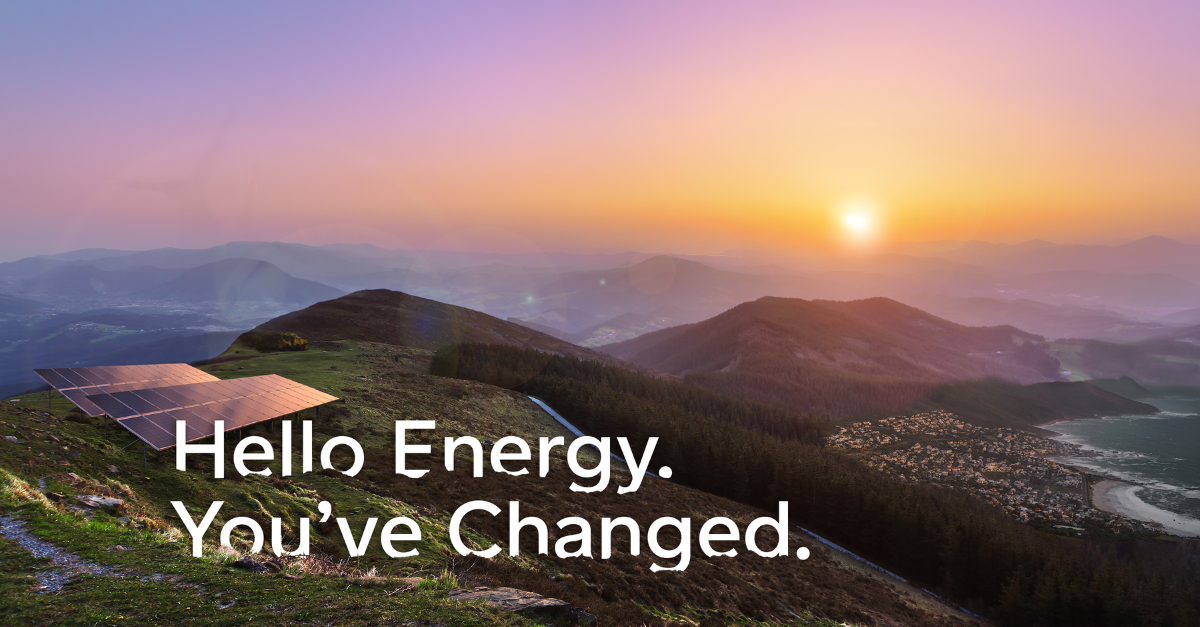What import/export price ratio did you come up with?
I used the chart from the CPUC decision:

Export credit in the middle of the day when utility doesn’t want it is only $0.025/kWh and overnight off-peak consumption rates are $0.19, so a ratio of 19/2.5 = 7.6.
This means export of 7.6kWh you could not consume or store over summer months will offset consumption of 1kWh of off-peak consumption over winter months when even an array sized at 150% of annual consumption will not be sufficient to generate a full 24-hour’s worth of consumption during winter months.
If it is 10:1, cheap panels are around break-even, and 150% hardly puts a dent in it.
I’m not sure what you mean by this. My logic is as follows:
An array sized at 100% generates approximately 100% of daily consumption in Spring and Fall, 150% of daily consumption over summer, and 50% of daily consumption over winter.
Sized at 150% changes that to 150% over Spring and Fall, 225% in Summer, and 75% in winter.
You’ll export the excess 125% in summer and the excess 50% in spring and fall and you will consume the missing 25% in winter.
The 50% + 125% + 50% of 3-month consumption you export in Spring, Summer and Fall will only be credited at 1/7.6th off-peak winter consumption rates, so 225% / 7.6=29.6% of 3-month consumption.
Since you only had a 25% gap to cover over winter months, the 29.6% export credit will be sufficient to offset wintertime consumption costs.
This model assumes flat average consumption. Higher consumption over summer months will work out even better; higher consumption over winter months will not work out as well.
Battery to last the night sounds good. No import at night, and will be sufficient to smooth out day.
Exactly. Store only the excess generation you can use while the sun is not generating enough power to offset consumption.
Now that PV panels are 1/10th the price, you can make power for $0.025/kWh.
Precisely. The much lower cost of solar power production coupled with the right to generate 150% of annual consumption (and the fact that today’s panels are at least 150% if not 200% as powerful as panels installed in NEM1.0 systems 20 years ago) translates to more power for less money in the same area as early NEM1.0 pioneers enjoyed.
That savings will need to be put towards a modest-sized ESS system to make it all pencil out.
But because NEM 3.0 credit is so much less than retail charge for power, you would need many times as much PV to produce power you will draw from grid at a different time. Probably can't fit on roof or even in yard.
Not if you have an overnight-sized ESS. Winter is the only season when an array sized at 150% will not generate enough daily power to offset daily (24hr) consumption.
After you calculate what that gap will be (25% by my rough estimates), you can then calculate the value of your export credits from Spring, Summer and Fall.
Then you can see how much of an annual bill you will be facing annually, subtract the 12-month Minimum Monthly Charge of $180 ($15/month) to see how badly you are getting ‘screwed.’
The key is that the CPUC left the Annual Trueup in place. The utilities were pushing for Monthly Trueup an if the CPUC has agreed to that, it would have been much, much worse.





